Search
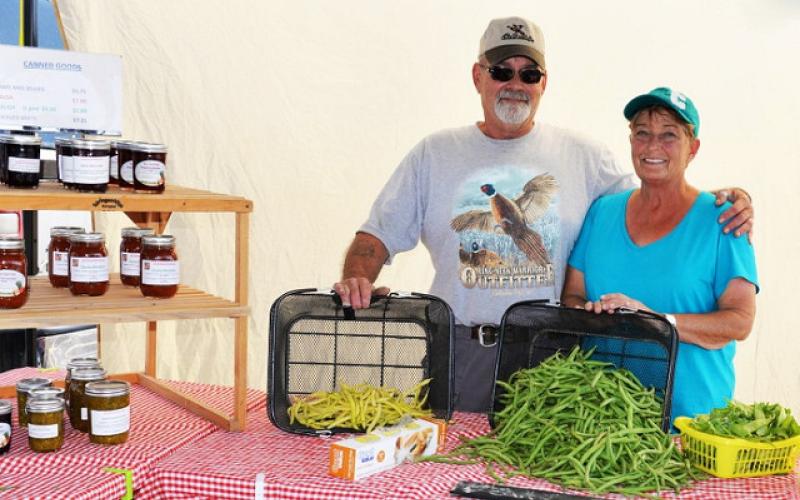
Local Foods Legislation Introduced
Consumers who want to know more about where and how their food is raised are creating a bigger voice nationally. The increasing sales of local foods provides a bright spot for agriculture and a way to bring young farmers into agricultural production.
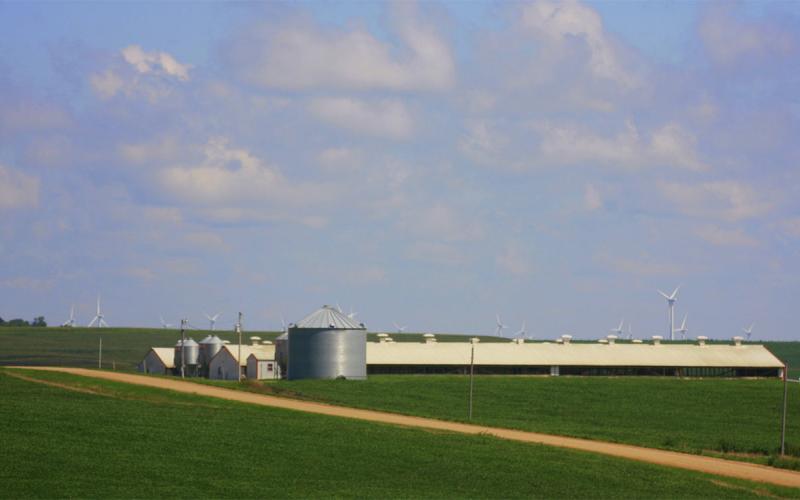
What Is Green About Pig Farming in South Dakota?
From reducing energy waste to state-of-the-art facility designs, learn some of the many ways South Dakota hog producers are working together to reduce their impact on the environment.

Clover Cover Crops as a Living Mulch for Pepper Production in Eastern South Dakota: 2022 Preliminary Results
A recent project at the SDSU Specialty Crop Research Field investigated using clover species as a living mulch for pepper production systems to improve soil quality and suppress weeds.

Table Beets: Harvest and Storage
Table beets are a colorful root crop that grows well during the spring and fall months in South Dakota. Learn how to select, grow, harvest and store them with this helpful guide!
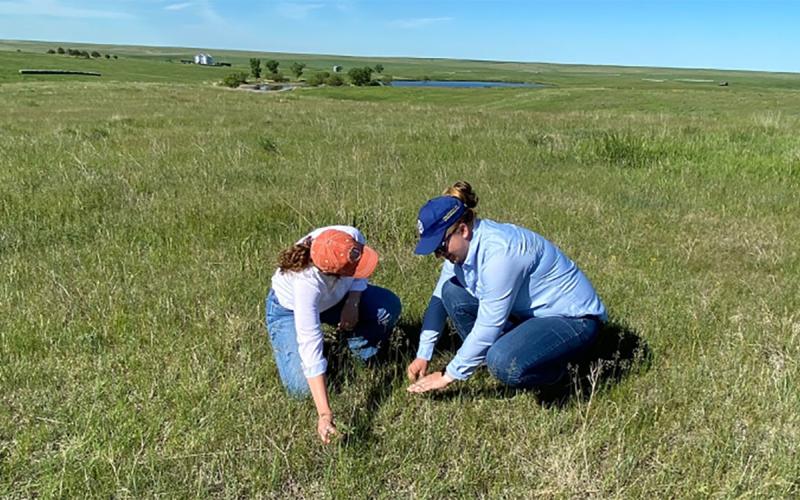
SDSU Extension to host Women on the Range workshop in June
March 31, 2023
South Dakota State University Extension invites women in agriculture to attend a Women on the Range Workshop on June 8 and 9 at The Branding Iron restaurant in Belle Fourche, South Dakota.

SDSU Extension 4-H to host 2023 Teen Leadership Conference in June
April 05, 2023
South Dakota State University Extension is excited to announce the 2023 4-H Teen Leadership Conference is June 5-9 in Brookings.

First Class Group Dynamics for Boards
Even the best boards can go off track due to group dynamics. Learn some expert tips for establishing first-class group dynamics by understanding the strengths and personality styles of each board member.
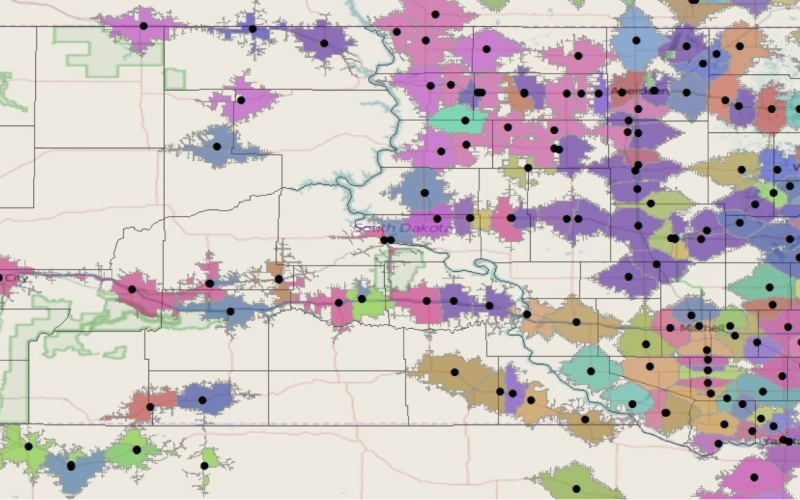
Grain Merchant and Processor Consolidation, Concentration, and Competition
A general trend in the last century has been for greater consolidation among Grain Merchants and Oilseed Millers and Processors. The U.S. Census Bureau tracks the number of firms and/or establishments and value of sales (market size) by industry sector every 5 years as a part of the Economic Census. In addition to the number of firms and sales, the Census Bureau publishes concentration ratios for each sector. One concentration ratio they publish is the amount of sales attributed to the four largest firms in that sector. The percentage of sales of the 4 largest firms is a measure that aids in identifying the type of market structure that exists.
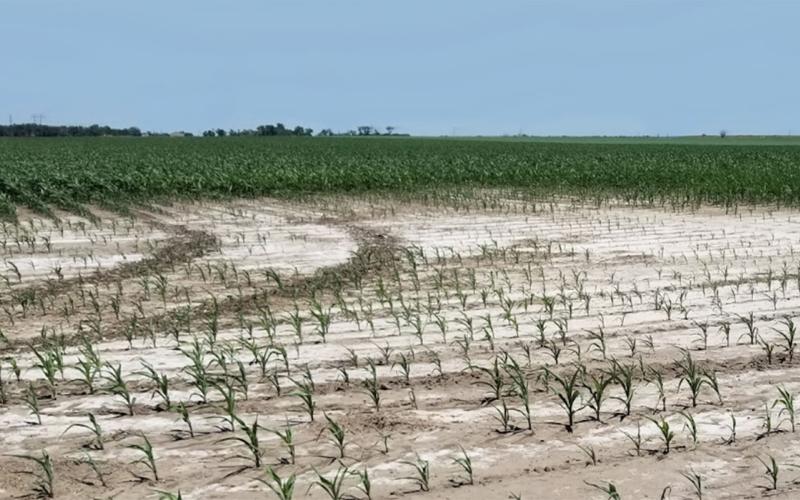
South Dakota producers share their stories with SDSU Extension’s Every Acre Counts program
April 05, 2023
SDSU Extension has released nine videos of producers sharing their experiences in the Every Acre Counts program.
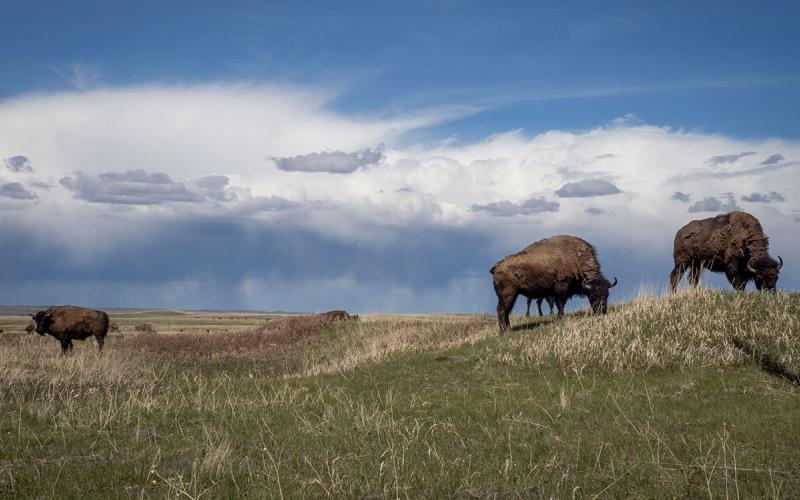
Show Me the Home Where the Buffalo Once Roamed
Have you ever wondered when and where bison were roaming during the colonial period in North America and before? Take an in-depth look at the historic extent of occurrence of bison to better understand their natural habitat.